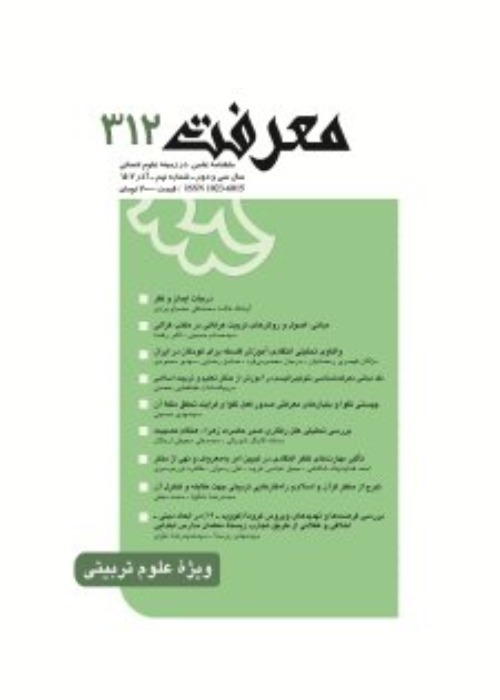Family Livelihood Regulation Model in Islamic Economics
Family livelihood regulation model in the Islamic approach is closely related to the main function of the family in the upbringing of generations and also the macro goals of the Islamic economic system. Using a descriptive-analytical method, this paper studies the family livelihood regulation model in the Muslim family in two areas of business and income allocation. According to the findings, earning income in a Muslim family is done with the aim of providing a halal income between the limit of sufficiency and the limit of tazahum (the state where two obligations collide with each other but one is more). Earnings are allocated to the four sectors of consumption, savings, investment and charity. The family can save their surplus income for their future needs through income management and observing the principles of optimal consumption. Families also spend part of their surplus income to empower other families and meet their needs. The realization of the family livelihood model in Islamic economics and the realization of the next layers of support will improve the living conditions of families and at the macro level, it brings economic balance and stability to society.
- حق عضویت دریافتی صرف حمایت از نشریات عضو و نگهداری، تکمیل و توسعه مگیران میشود.
- پرداخت حق اشتراک و دانلود مقالات اجازه بازنشر آن در سایر رسانههای چاپی و دیجیتال را به کاربر نمیدهد.


